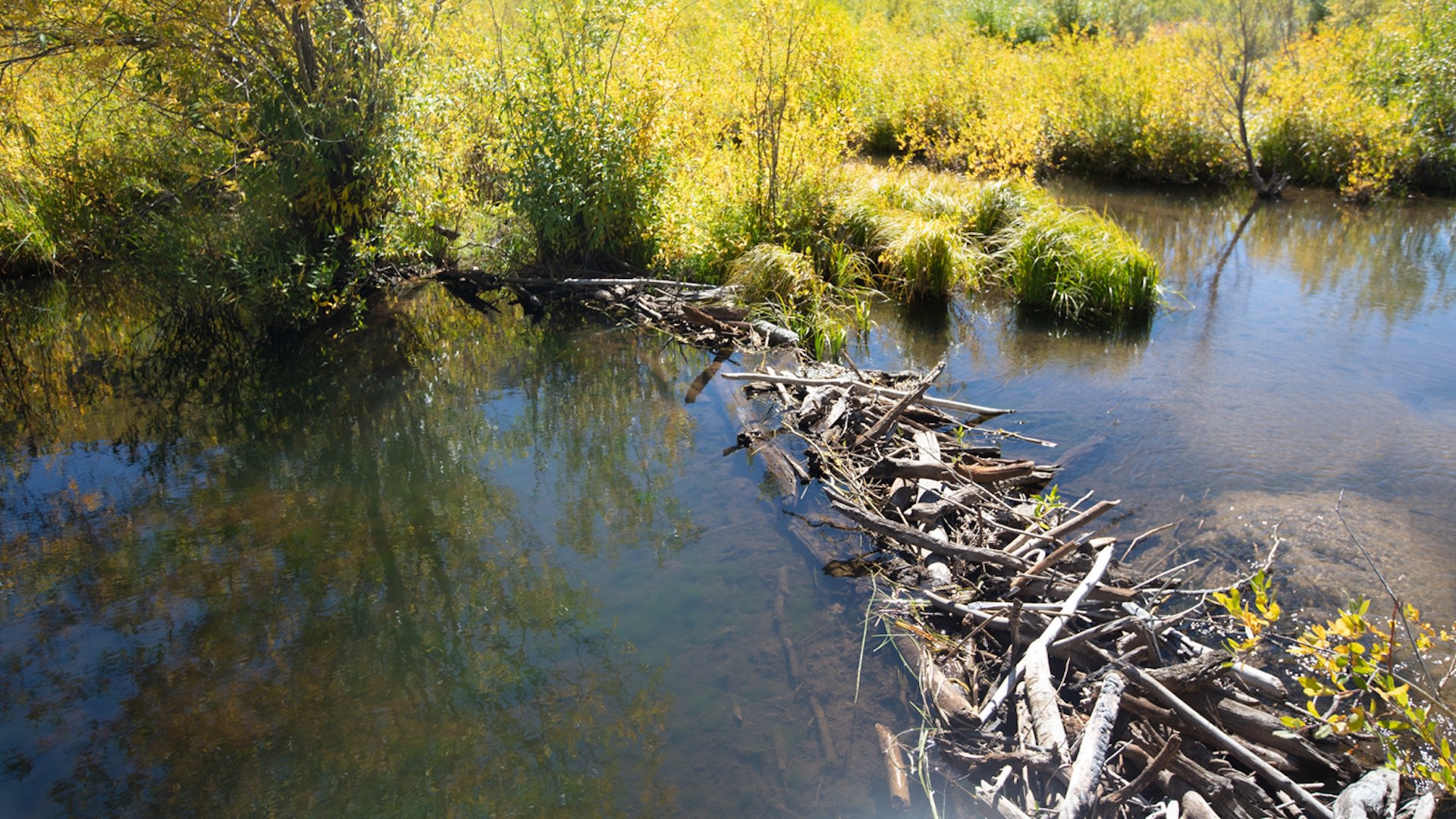A few years back, former Google employee Eddie Corwin started a passion project centered around the most unlikely of subjects: beavers.
As Wired reported, Corwin was looking for a way to help the company become a better steward of water. After researching the sizable impact of beaver wetlands — they can hold millions of gallons of water — he and a sustainability consultant who worked with Google, Dan Ackerstein, started sculpting an ambitious plan to use satellite imagery to detect beaver dams and ponds.
The pair eventually teamed up with programmers to develop an algorithm. Then, in May 2023, a team of beaver researchers published a scientific paper showing that the model was correct 98.5% of the time.
The applications are numerous and could help scientists estimate beaver populations and calculate these rodents’ ecosystem services — among other things, beaver ponds can provide other species with refuge during wildfires and can even stop fires in their tracks.
Beavers’ firefighting abilities are incredibly significant in a world that faces increasing risks from wildfires because of warming temperatures. For instance, one study predicted that wildfire smoke in the U.S. will worsen significantly by 2054. Another group of scientists announced that even people living in areas where wildfire risk is currently low could be in danger as our planet continues to overheat.
Wildfires add dangerous pollution to the air. One research team predicted that more than 125 million Americans will be exposed to at least one day of unhealthy air quality per year by 2050, due mostly to increased wildfire smoke.
Wildfires cause $394 billion to $893 billion in damage each year, according to the Joint Economic Committee. This includes property loss, health impacts from smoke, income loss, and watershed pollution.
Not to mention that wildfires also speed up the warming of our planet, which endangers communities in a number of ways, from increased frequency of heat waves to droughts that threaten food and water supplies.
According to the Wired article, one of the model’s most promising applications could be in California, which has faced more than its share of painful drought, wildfires, and flooding in recent years. In fact, one major insurer just stopped offering new coverage to Californians going forward.
That’s why the new beaver-infrastructure search model will be getting its first test run in the Golden State — The Nature Conservancy and Google will be running the model this year to look for every beaver dam and pond in California.
“All of our efforts in the state should be taking advantage of this powerful mapping tool,” Kristen Wilson, the lead forest scientist at the Nature Conservancy, told Wired. “It’s really exciting.”
After the California run, the model’s developers aim to train it for other geographical areas with different types of landscapes.
“That’s the challenge for the future — how do we make this more universally accessible and usable?” Corwin told Wired.
Join our free newsletter for cool news and actionable info that makes it easy to help yourself while helping the planet.

